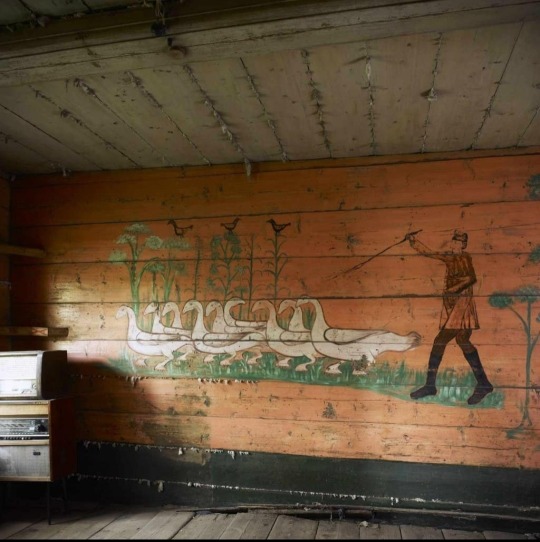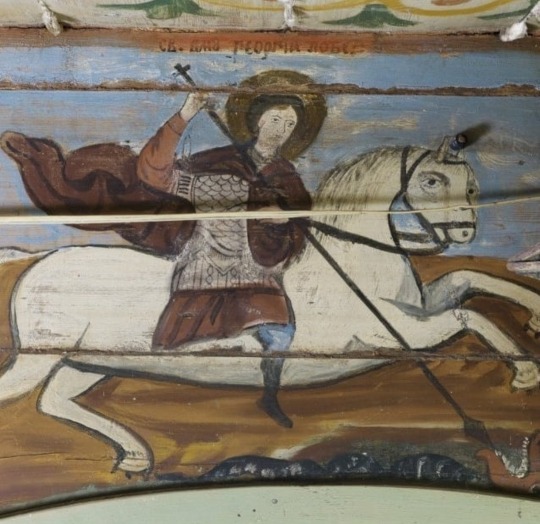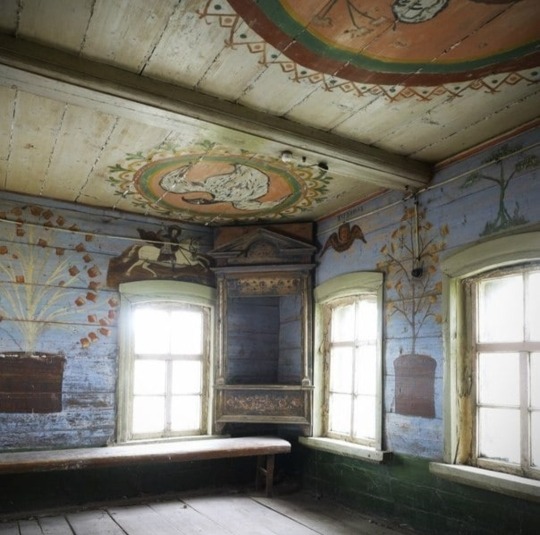catadromously
12K posts
we are stopping on bridges to bow from the railingscorey, she/he, tide pool toucher.��� art tag | shop info 𓇽
Last active 2 hours ago
Don't wanna be here? Send us removal request.
Text
The more I read into reports about industrial and transportation accidents the less I feel like “operator error” actually exists
19K notes
·
View notes
Text

Hello stranger.
19K notes
·
View notes
Photo


Checkered lily (Fritillaria meleagris).
3K notes
·
View notes
Text
Love David Byrne interviews cuz you'll either get a qoute like "I want to be cute and blonde" or one of the most heartbreakingly lonely and terrifingly confused qoutes you've ever heard:



#oh david…#autistag#⎇#is it any wonder so many of us turn out alterhuman.#this is /positive and /negative#I do like that people can often spot something other in me and that even casual friends will call me creature or fish or what have you#but ah wow there never would have even been an option would there
632 notes
·
View notes
Text

Hildegard von Bingen’s 23 litterae ignotae, letters for her constructed mystical language Lingua Ignota, ca. 1200.
606 notes
·
View notes
Text

Horse Donkey breed of the day: American Mammoth Jackstock
Height: 16 -17hh
Common coat colors: Grey, grullo and various duns
Place of origin: US
8K notes
·
View notes
Text

Leonora Carrington, A Set of 3 Masks (used in the 1959 production of The Tempest)
454 notes
·
View notes
Text
reject the western gaze!
mutual aid means no hierarchy between givers and receivers
a new mutual aid org, Bridge of Solidarity, has been established in the gaza strip by 17 year old poet yazan mohammed in response to the exploitative practices conducted by some charities and encouraged by the existing charity-based model of fundraising for gaza. according to BoS: "the western attention economy and pity economy plays a large role in who lives or dies in gaza." essentially, people need to make themselves marketable in order to receive lifesaving aid; people who are not marketable die. yazan himself wrote about the damage this can do to one's self image, which you can read here.
after trying for a year to respect his own privacy, my friend siraj was also pressured into posting images of his son's emaciated body in order to gain sympathy from westerners.
we cannot keep forcing people to do this anymore.
here's a declaration of their values from bridge of solidarity's most recent post:
Our organization is against the Western gaze. We refuse to humiliate people. We refuse to force people to take photos. We refuse to force people to take photos with our flyer or logo. People will receive aid freely without being forced to pose. We will respect people's privacy completely. Our principles include autonomy, dignity, sovereignty, mutual respect, and mutual aid.
this org will prioritize giving aid to people without phones or social media, who do not speak english, and who do not have outside support or living parents. these are the people who are not palatable to westerners but who deserve to live with as much dignity as everyone else
as of five days ago, BoS are working on a water truck delivery
7K notes
·
View notes
Text




Murals in a peasant's house, Saratov, Russia, 1910
4K notes
·
View notes
Text




THE IMMORTAL
about 9 months & 38,340 stitches later, i have finished this screenshot of a 1990 sega genesis game lmfao
18K notes
·
View notes
Text








I have long been obsessed with Blaschka glass models, plant and marine life both, and this is by far the most I've seen at once. I can't stop thinking about how cool it would be to get versions of the magnified cross sections as beaded jewelry
2K notes
·
View notes
Text

Chlamylla intermedia feast on Tubularia indivisa
By Alexander Semenov
#marine friends#I know we all love our squishy dorids but do let's send some love over to the aeolid corner
697 notes
·
View notes
Text
2009-08-05
its ok you will not be lonely forever, trust me, i felt the same way
15K notes
·
View notes
Text

River ecosystems 🌿.
13K notes
·
View notes

